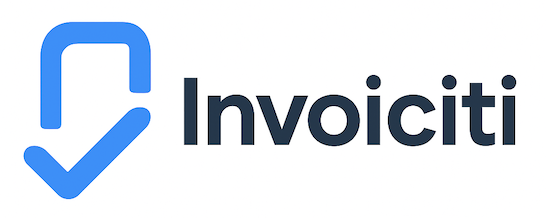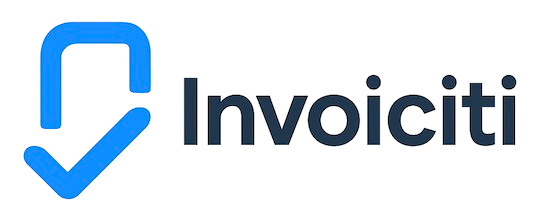
Many small business owners in Nigeria start out handling invoices themselves. It seems like the cost-effective choice: just use Word, Excel, or maybe a PDF generator. After all, why pay for invoicing software when you can do it for free?
But this mindset overlooks the true cost of DIY invoicing. When you calculate the value of your time, the risk of errors, and the lost opportunities, “free” becomes very expensive very quickly.
Let’s break down the real cost of managing invoices manually versus using a dedicated platform like Invoiciti.
The Hidden Costs of DIY Invoicing
1. The Cost of Your Time
Time is your most valuable resource. How much of it are you spending on invoices?
-
Creating Invoices: Designing, filling in details, calculating totals and taxes.
-
Sending Invoices: Emailing them individually, following up to ensure they were received.
-
Tracking Payments: Manually updating spreadsheets, checking bank statements.
-
Chasing Late Payments: Writing reminder emails, making awkward phone calls.
The True Cost: If you spend just 5 hours a week on invoicing tasks, that’s 260 hours a year. What could you have done for your business with those 260 hours? Business development? Product innovation? Customer service? That’s over a month of full-time work lost to administrative tasks.
2. The Cost of Errors
Manual processes are prone to mistakes. A wrong digit in an account number, an incorrect calculation, or a missed late fee might seem small, but they add up.
-
Payment Delays: Errors cause disputes and slow down payment.
-
Lost Revenue: Unapplied late fees, undercharging due to miscalculations.
-
Professional Reputation: Sloppy invoices with mistakes make your business look unprofessional.
3. The Cost of Lack of Insight
With DIY invoicing, your data is trapped in disconnected files and emails. You have no easy way to answer critical questions:
-
Who are my most profitable clients?
-
What is my average time to get paid?
-
How is my cash flow looking next quarter?
This lack of insight can lead to poor business decisions that cost you money.
4. The Cost of Non-Compliance
This is the biggest hidden cost. With new mandatory e-invoicing regulations from FIRS and NITDA, manual invoicing may no longer be compliant. The cost of non-compliance includes:
-
Financial penalties and fines.
-
Legal and audit complications.
-
Being locked out of the formal business ecosystem.
The Value of an Invoicing Platform
Now, let’s look at the alternative. A platform like Invoiciti seems like an expense, but it’s actually an investment that saves you money.
-
Automation: Create, send, and track invoices in seconds. Recurring invoices and automatic payment reminders run on autopilot.
-
Accuracy: Automatic calculations ensure every invoice is correct.
-
Insights: Instant reports show your profitability, cash flow, and client performance.
-
Compliance: Built-in features ensure your invoices meet all Nigerian regulatory requirements effortlessly.
-
Professionalism: Send branded, polished invoices that build trust with your clients.
The Verdict: DIY is the More Expensive Option
When you factor in the value of your time, the cost of errors, the lack of business insight, and the risk of non-compliance, the “free” DIY method is far more expensive than a affordable monthly subscription to a dedicated platform.
Invoiciti is built for Nigerian SMEs. It’s not just an invoicing tool; it’s a growth engine that saves you time, ensures you get paid, and keeps you compliant.
Calculate your own ROI. [Start your free trial of Invoiciti] today and see how much you can save.


